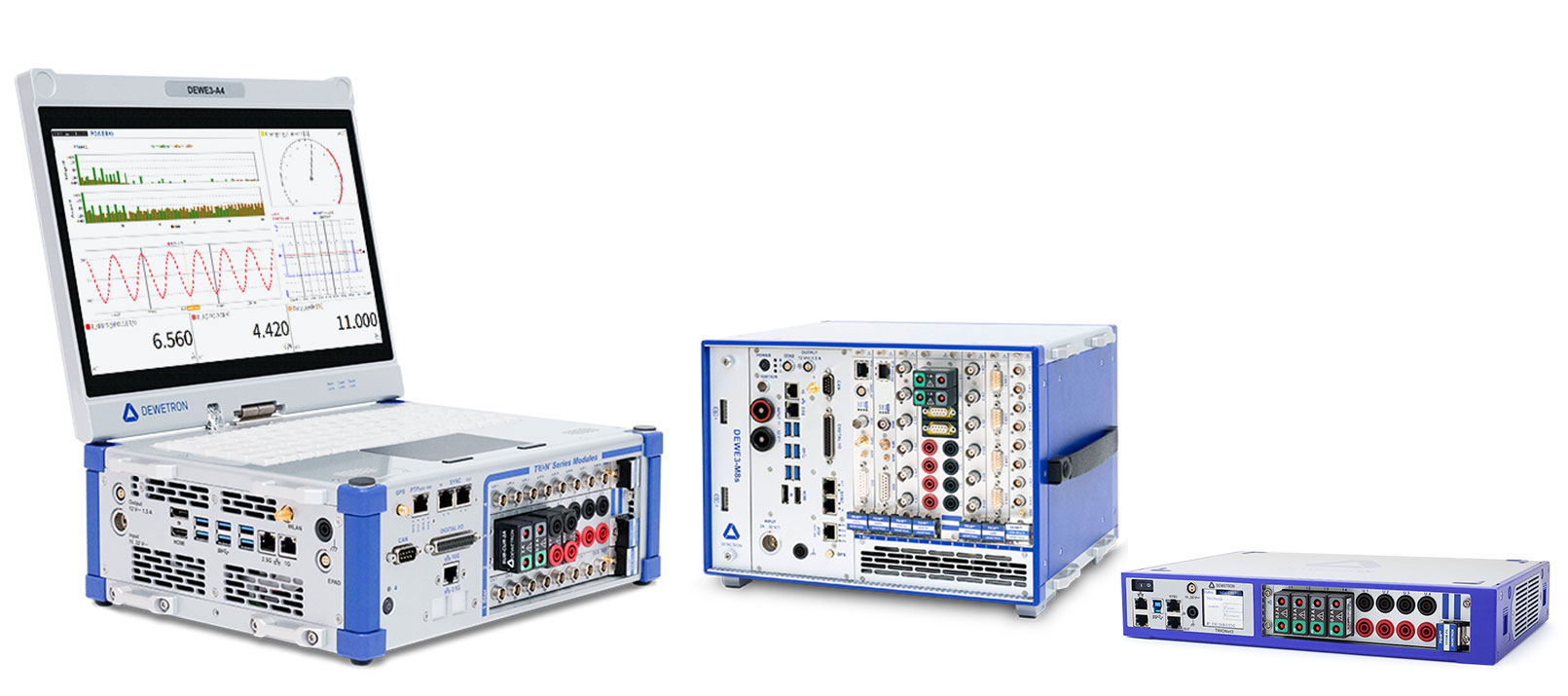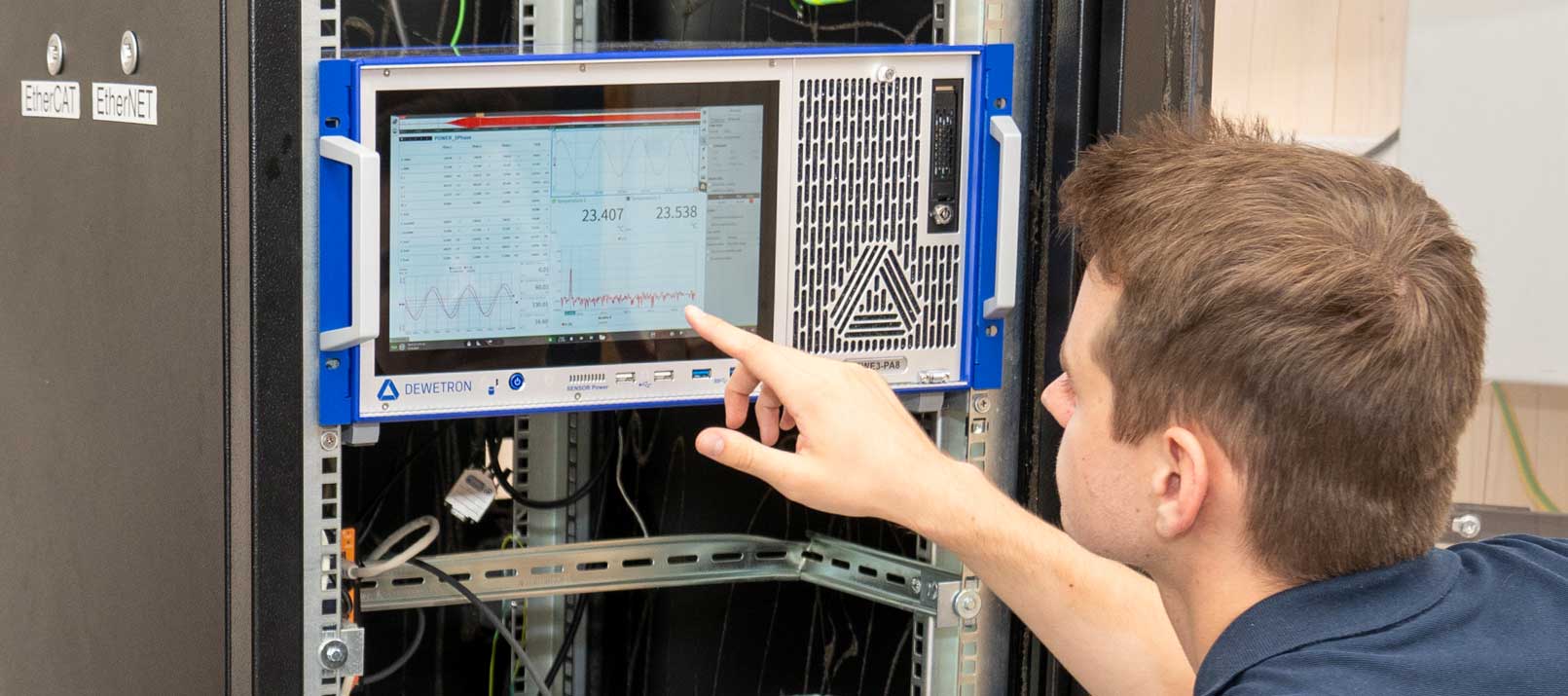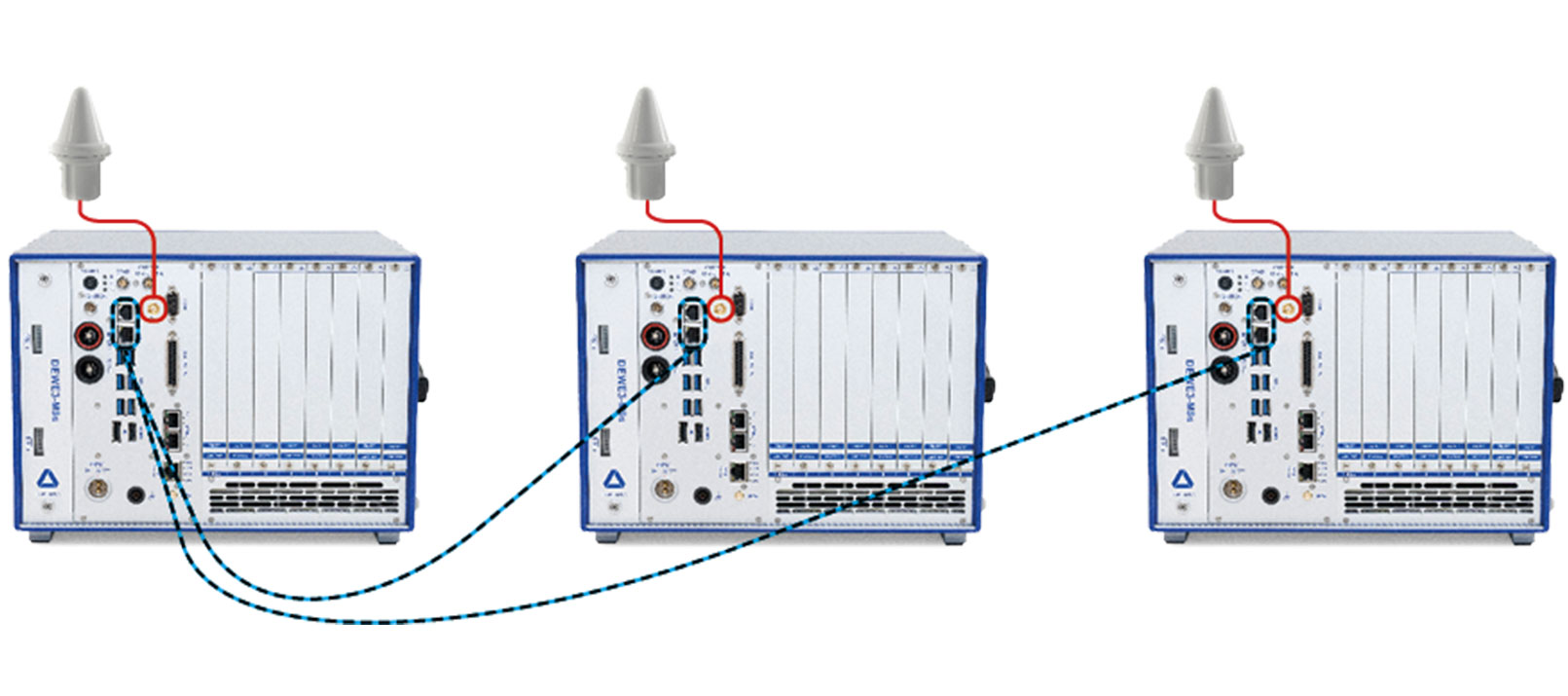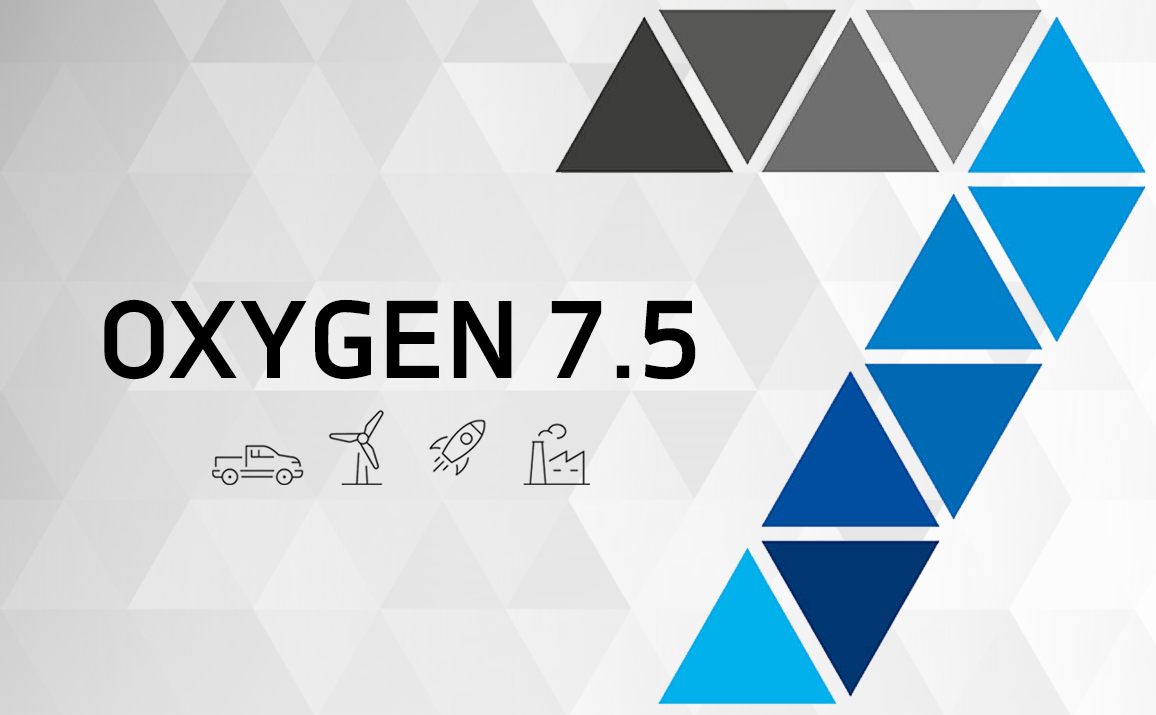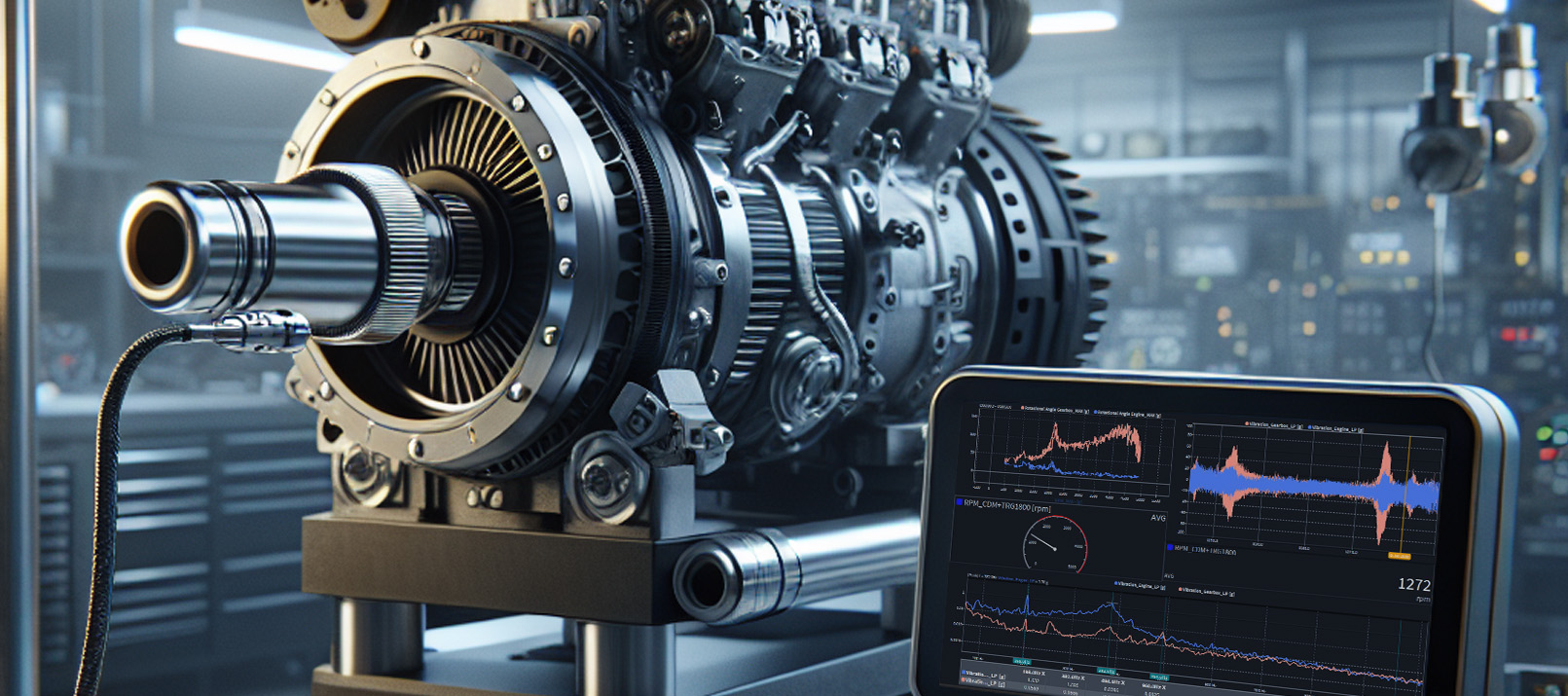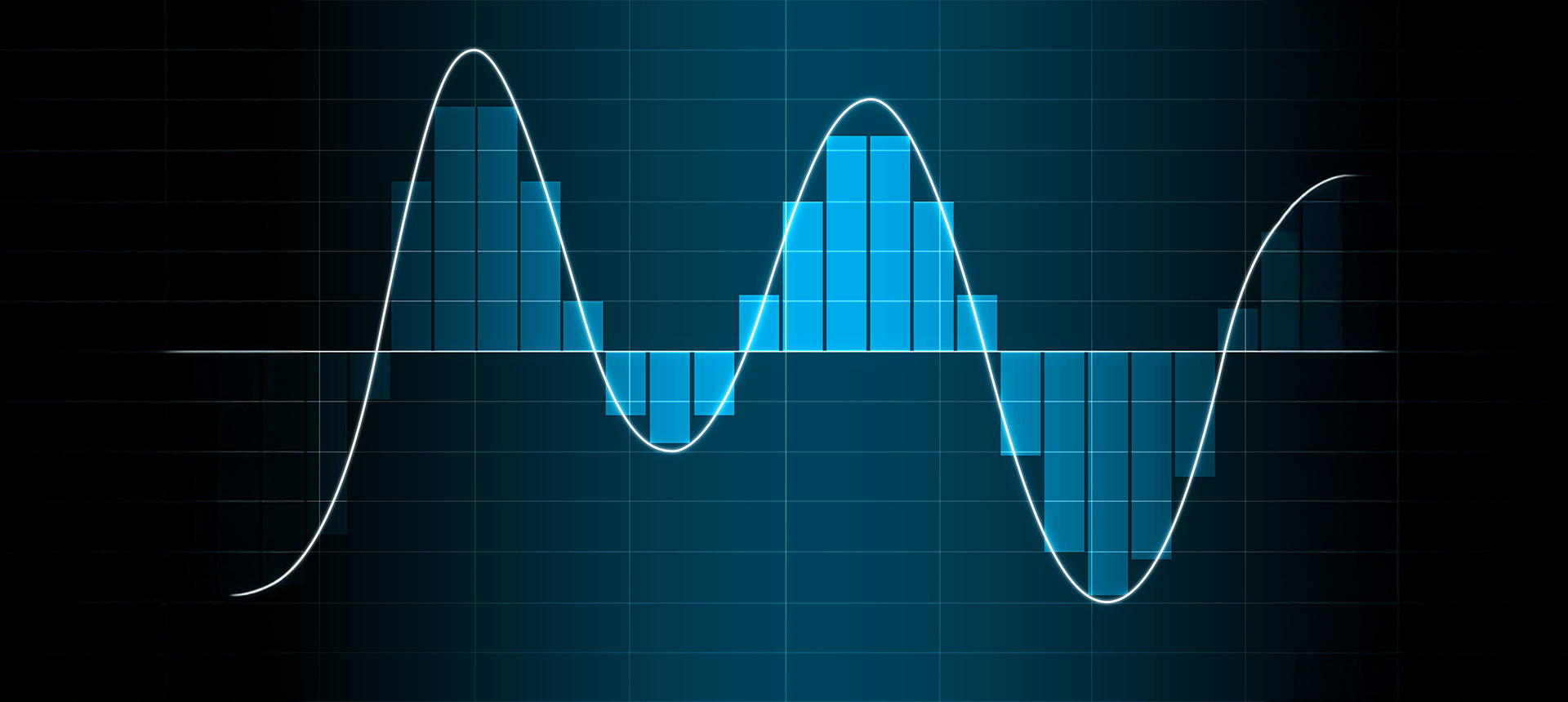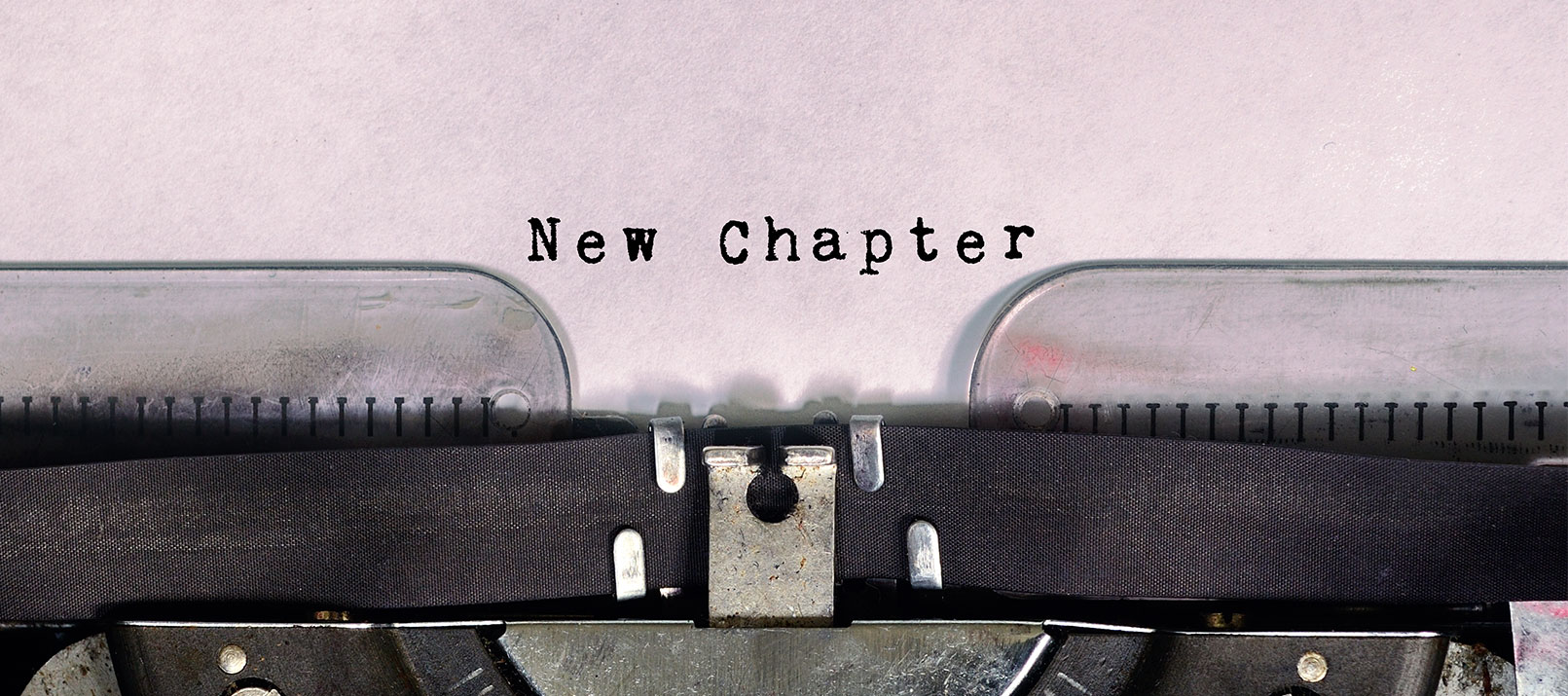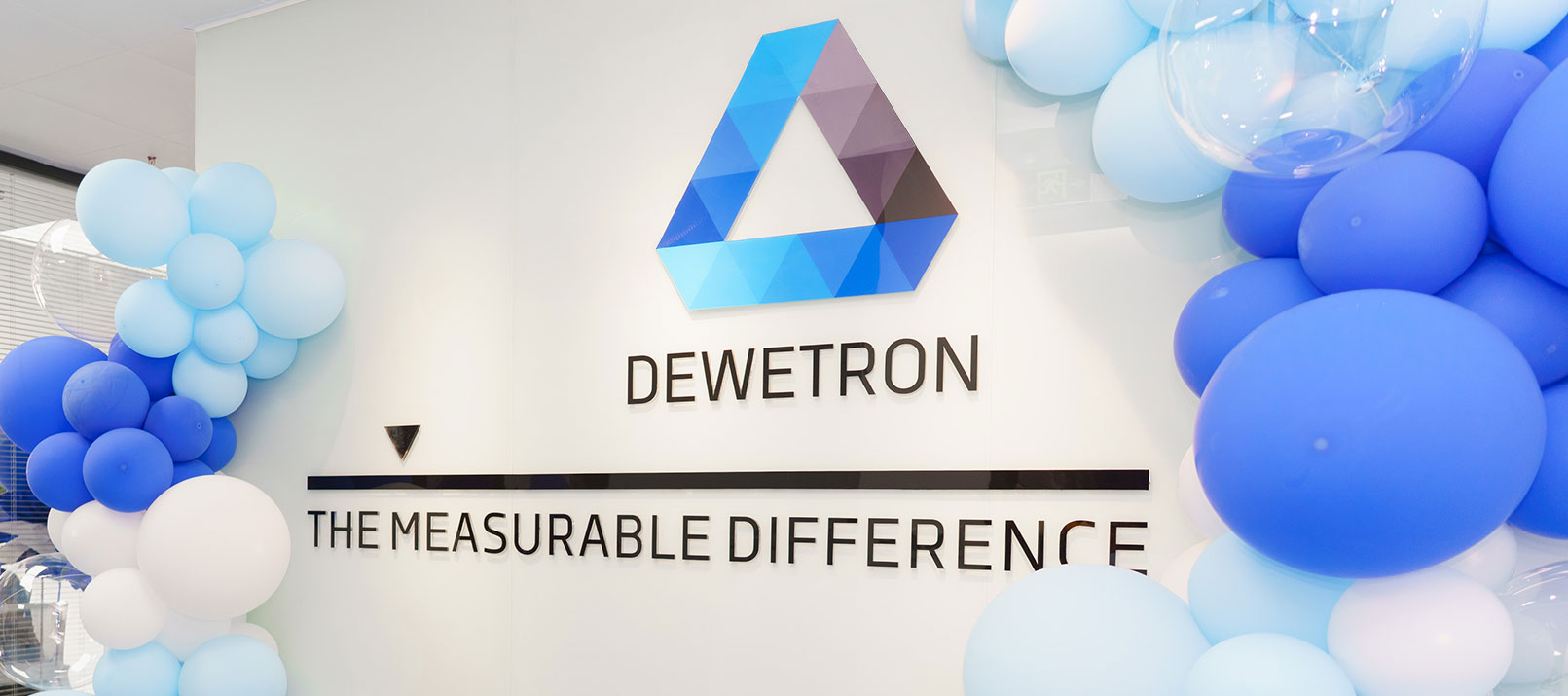The piezoelectric and pyroelectric effect
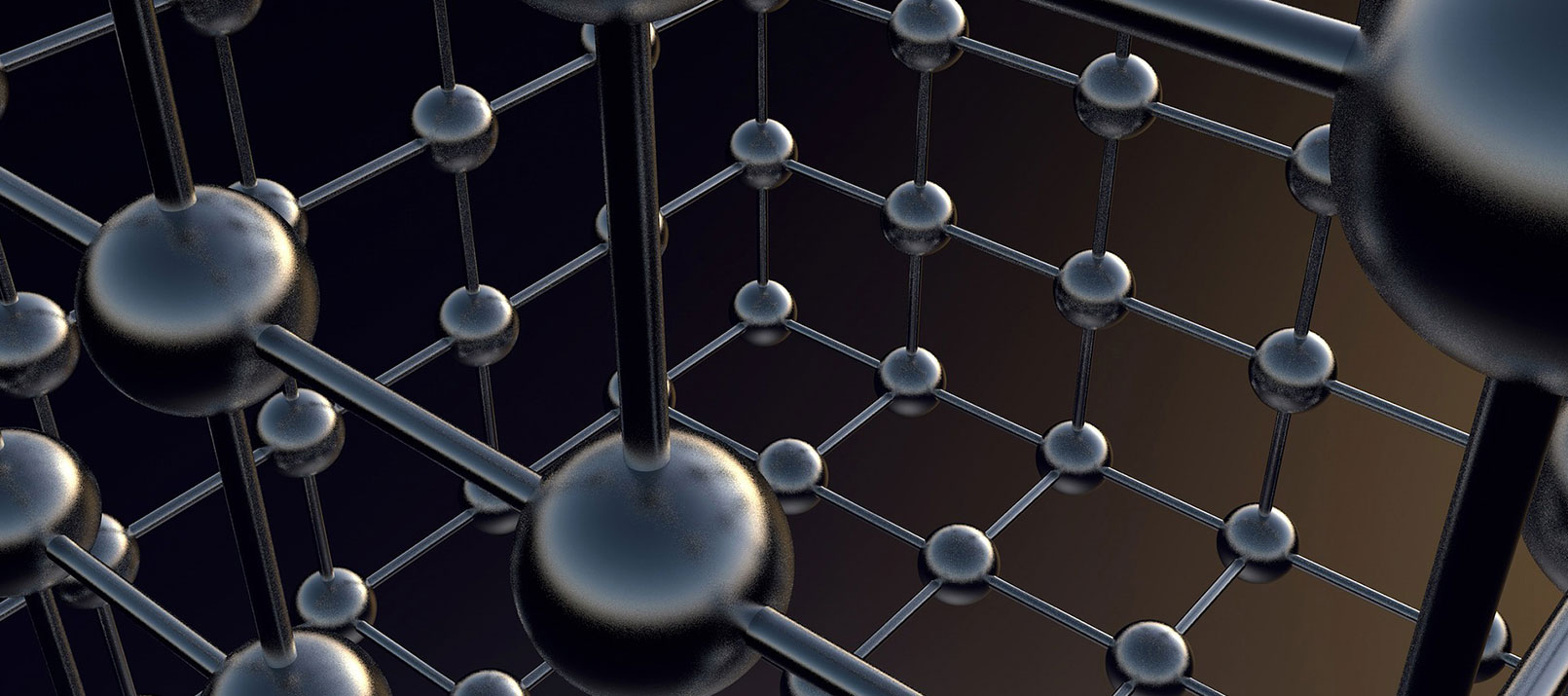
What is the difference between pressure and temperature sensors? The answer to this question seems obvious: pressure sensors measure pressure, temperature sensors measure temperature. But did you know that the most commonly used pressure and temperature sensors, piezoelectric and pyroelectric sensors, are based on a very similar principle? This may sound surprising, since pressure and temperature have little to do with each other at first glance, but the first impression is misleading.
In the following paragraphs we will explain how these piezoelectric and pyroelectric sensors work and why both are so similar. If you are only interested in the applications of these sensors, you can also jump immediately to the paragraph “Applications of the piezoelectric and pyroelectric effect“.
The piezoelectric effect
Many solids (such as metals, quartzes, …) we encounter in our everyday life are crystals. This has nothing to do with jewelries, it just means that their atoms are arranged in a regular lattice. A special type of crystals are piezoelectric crystals, which exert the piezoelectric effect: When a force acts on a piezoelectric crystal, a voltage is generated on its surface. This voltage can be read out and used as a characteristic value for the acting force.
But what gives piezoelectric crystals this special property? One can find the anwser by looking at the arrangement of the individual atoms of this crystal. Take a closer look at the figures below.
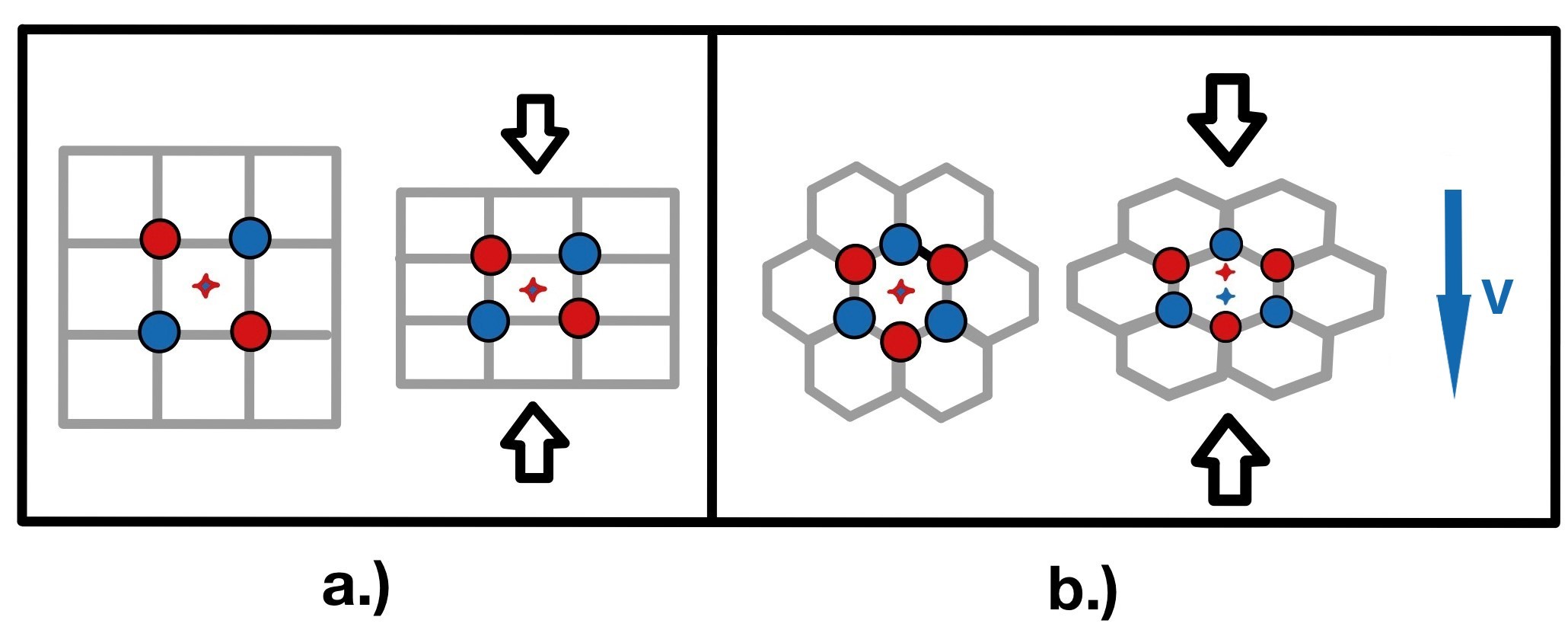
Atomic structure of a non-piezoelectric and a piezoelectric crystal
Figure a.) shows the atomic arrangement of an “ordinary” non-piezoelectric crystal. The red dots represent positively charged atoms, the blue dots negatively charged atoms. Such an atomic structure appears electrically neutral to the outside because the negative and positive charges are symmetrical around the center (the red-blue star) and therefore cancel each other out. Even if this quadratic atomic structure is compressed by a force, the atoms still lie symmetrically around the center and the configuration appears electrically neutral to the outside.
The situation is different with piezoelectric crystals. The atoms of many piezoelectric crystals also lie symmetrically around the center when no force acts on them. Figure b.) shows such a piezoelectric crystal. However, if a force acts on this atomic structure, the shape changes drastically. You can see that the atoms are now no longer symmetrical around the center. The positive and negative charges can no longer cancel each other out and a charge imbalance occurs. This imbalance manifests itself in an electrical voltage.
The pyroelectric effect
Another special class of crystals are pyroelectric crystals. They are characterized by the existing pyroelectric effect: If a pyroelectric crystal is heated, a measurable voltage generates on its surface. From this voltage, one can deduce the temperature change of the crystal. Thus, a pyroelectric sensor is a temperature sensor.
As mentioned in the introduction, there is a profound relationship between pyro and piezo sensors: Every pyroelectric crystal is also a piezoelectric crystal (but not vice versa). To understand this, let us again look at the arrangement of the individual atoms:
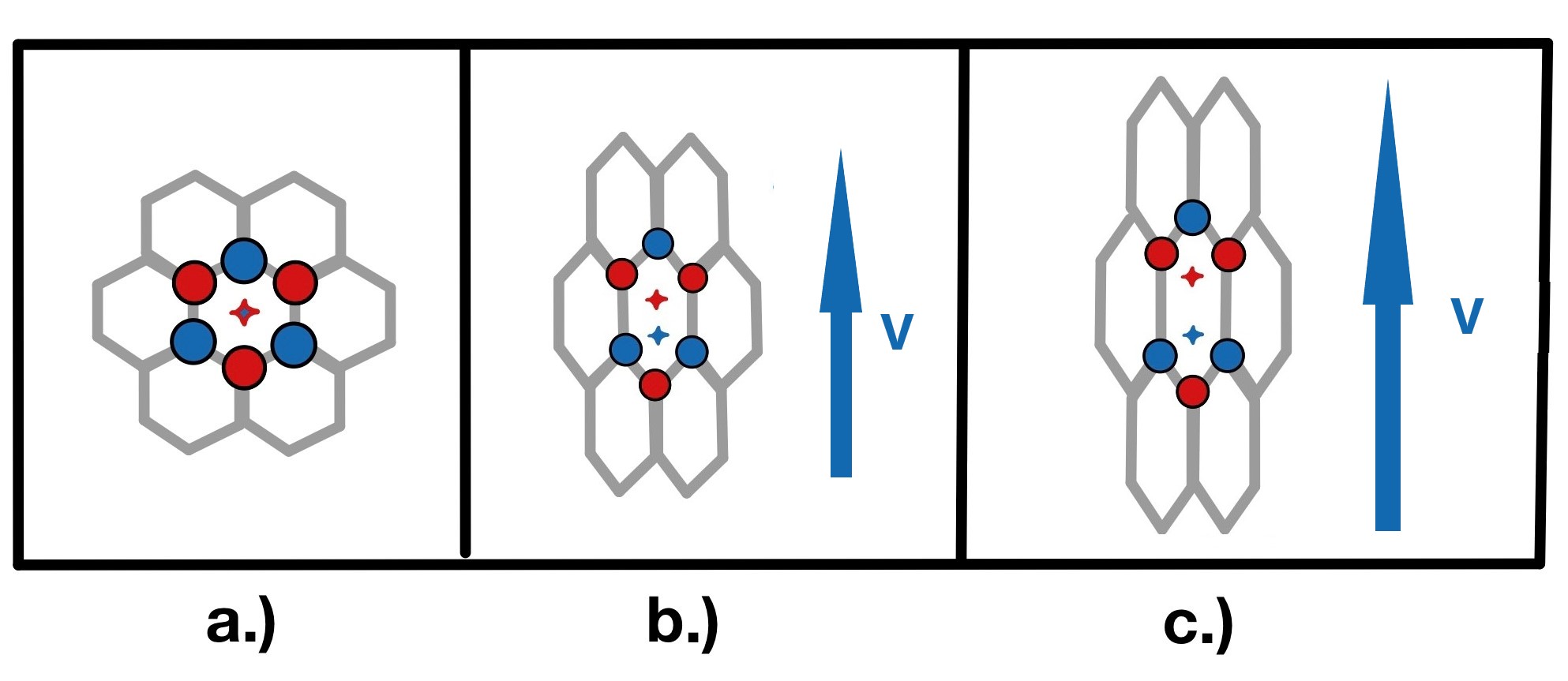
Atomic structure of a pyroelectric crystal: figure b.) and figure c.)
Figure a.) shows the piezoelectric hexagonal crystal from the previous chapter. Let us now imagine that this crystal is slightly longer in one direction than in the other – figure b.). As you can see, this piezoelectric crystal is now asymmetric around the center and no longer electrically neutral. One can deform this new crystal with an external force, which still leads to the piezoelectric behavior explained before.
However, we do not necessarily have to apply an external force to deform the crystal. Another possibility is to simply heat the crystal, causing it to expand. This expansion increases the asymmetry of the crystal, because the atoms (as seen in figure b.)) lie asymmetrically around the center. If the atoms were symmetrical around the center (figure a.)), the thermal expansion would be the same in all directions and there would be no asymmetry.
In summary, this means: Heating a pyroelectric crystal leads to an expansion of the crystal lattice. Due to the piezoelectric effect, this expansion of the lattice now leads to a measurable electrical voltage.
Applications of the piezoelectric and pyroelectric effect
Since piezoelectric crystals are easy to manufacture (even ordinary quartz has slight piezoelectric properties) and have high sensitivity, they find applications in many fields. One obvious application is as a pressure and force sensor, because when a force deforms a piezoelectric crystal, the crystal generates an electrical voltage on its surface. One can read out this voltage and deduce the stress on the crystal. But piezo sensors are so sensitive that they can even sense oscillations in the air. This is why one uses them as sound pickups in string instruments or in microphones.
However, the piezoelectric effect can also work in the opposite direction: If one applies a voltage on the crystal, it changes its size. For example, modern injection systems for diesel engines and certain loudspeakers are using piezocrystals. Piezo crystals can be adjusted so precisely that they are even used in scanning tunneling microscopes.
The range of applications for pyroelectric sensors is similarly diverse. The classic application is a temperature sensor, but infrared sensors do also implement pyroelectric crystals. The infrared radiation emitted by living beings heats the sensor and generates a voltage signal.
In the future, it may even be possible to buy power generators based on the pyroelectric effect. Many processes generate waste heat. This waste heat can heat up a pyroelectric sensor, which then generates an electrical voltage. However, with the current state of the art, such sensors are not economical.
DEWETRON’s measuring and testing systems
DEWETRON is a manufacturer of high-precision and above all modular measuring systems. We provide you with the appropriate measurement hardware for each sensor. For example, our DEWE3 measurement systems are available in many versions such as all-in-ones, mainframes or front-ends. You can adapt each of these measuring systems optimally to your needs, for example by exchanging DAQ cards.
The optimal measuring card for a variety of sensor types is our TRION3-1810-SUB-8 measuring card. It offers 8 individually assignable sub-module slots with different current or voltage inputs.
However, DEWETRON also offers you software for data evaluation and analysis: The intuitive OXYGEN software. Especially for sensor applications, we integrated a sensor database into OXYGEN. In it you can store name, serial number, scaling information, filters of your sensors and much more. Independent of the measurement setup, it is now possible for you to use the sensor data once created everywhere.
